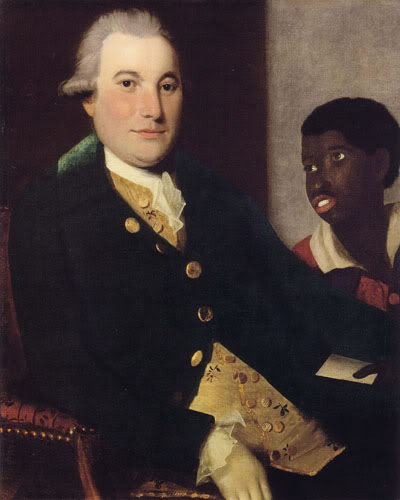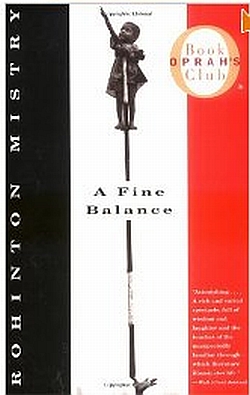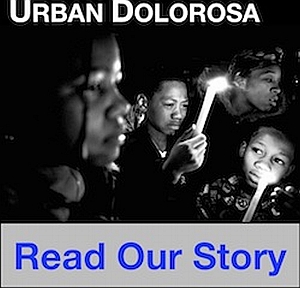
What is my life’s purpose? This is a question most of us ask at some point.
If we believe that the universe is fundamentally oriented towards creating life, then we live in a loving reality that supports life. Love is not only around us but also within us as we are a part of that same reality. Basic physics.
To flourish in harmony with the reality we exist in, then, requires that we love ourselves deeply. It also requires we love others and the environment around us so all life can thrive. Anything else is distorted love.
“Love” here doesn’t mean a warm, fuzzy emotion or feeling. Rather it means doing what brings us joy and health, and wanting that same joy and health for others too. It also means respecting ourselves, others and the world we live in. Creating relationships of respect and mutuality is what loving rightly requires. This in fact, is social justice.
Loving rightly is not an easy task. It takes a lifetime of experience, questioning and learning. But we each have wisdom and unique gifts to bring to this task – this task that is our life’s purpose – and our life’s joy.
You may also like Meaning of Life or a Life of Meaning?, What is Your Story? and Healthy Self Talk.



